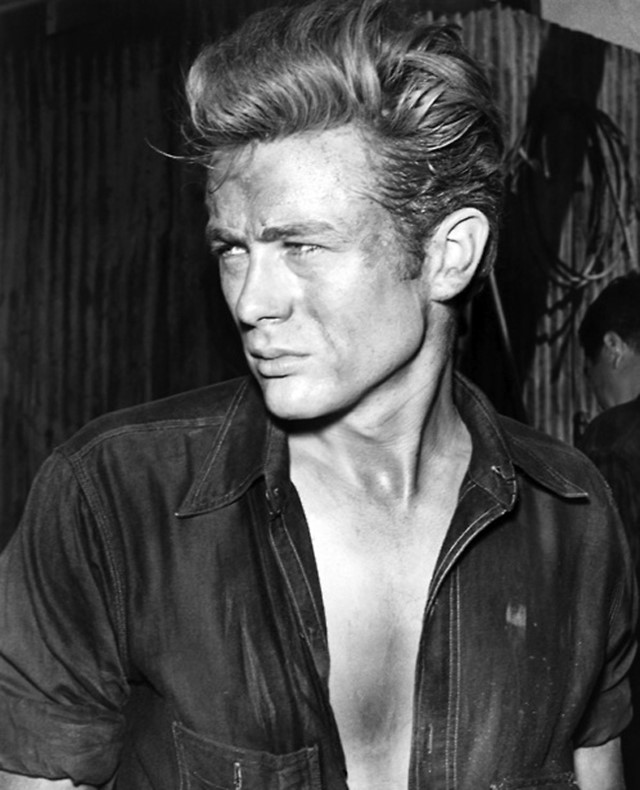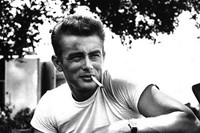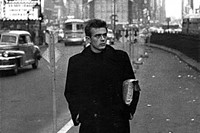Vintage Style remembers legendary teen hearthrob and cult hero, James Dean
In 1955 James Dean stepped out as rebellious teenager Jim Stark in Rebel Without a Cause, wearing a red blouson jacket, white T-shirt and tousled quiff. This film would forever immortalise Dean as the original bad boy, idolised by men and women alike for his aloof demeanour and undeniable good looks which helped change the face of fashion throughout the decade, while his timeless adage – “Dream as if you’ll live forever, live as if you’ll die today” – remains a mantra for the idealistic teen to this day.
Costume designer Moss Mabry put together Dean’s iconic rebel look, which was reportedly inspired by a tear from Life Magazine, which featured a group of young college students. Director Nicholas Ray was deeply interested in the psychology of colour, appointing a hue to each character, while the denims were dip-dyed to give a brighter blue vibrancy. It was one of the first movies to depict teenagers with a sense of realism and frustration and portray family disfunction on film. Prior to RWAC, Dean had picked up an Academy Award for Best Actor in a Leading Role for East of Eden (1955).

Dean championed classic basics – the white T-shirt, a beaten leather jacket and denims, primarily Levis and Lee 101 Riders. In an era obsessed by Hollywood glamour, Dean had a casual approach to dress, giving a rugged edge to fashion that had a prominent impact on the decade. He popularised the white vest in Giant (1956), which he starred in as a ranch hand alongside Elizabeth Taylor, and repopularised the collarless dinner jacket, worn with work boots and his signature aloof gaze. He grew up on his family’s farm in Indiana and never quite lost his air of cowboy. Bob Dylan was reportedly a huge fan of his look and bought a red jacket to match Dean. "He was a rare combination of deep sexuality and deep sweetness," commented Tennessee Williams.
“Dream as if you’ll live forever, live as if you’ll die today” — James Dean
Dean tragically died suddenly and prematurely in a car accident in 1955, aged just 24, a few months after his Hollywood success. His moment in the limelight was brief and intense, imbued in three iconic films. He once said, "If a man can bridge the gap between life and death, if he can live on after he's dead, then maybe he was a great man.” Dean has, poignantly, demonstrated the truth of his own words, as he lives on as an eternal teenage heartthrob; the epitome of cool, troubled youth in a series of emblematic outfits which have repeatedly acted as a template for fashion.



